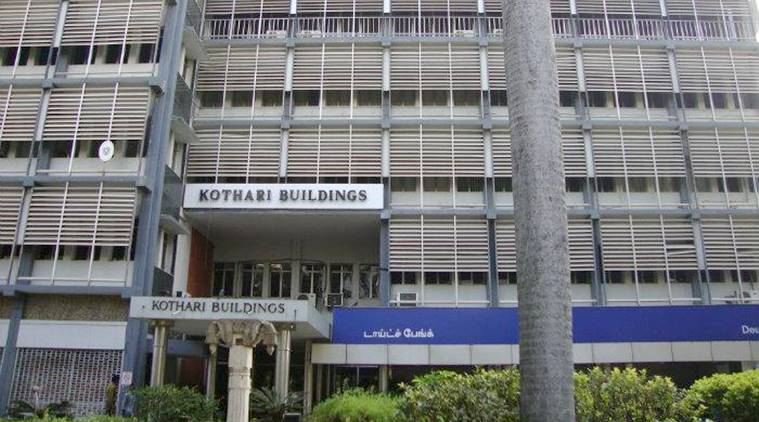
Srikrishnan Laxman Chitale (Krish) was the son of Laxman Mahadeo Chitale, one of the earliest architects working in Chennai who designed numerous landmark buildings that came up in the city from the 1930s to the 1950s. “While LM Chitale exhibited mastery in the Art Deco and the Classical, SL Chitale brought in a new impetus of modernism,” says professor Sitalakshmi KR, head of the department of architecture, Anna University, who has researched modernist architecture in Chennai. When Krish joined his father’s illustrious firm at 28, he brought in Bauhaus functionalism.
“Architects in Chennai made modern architecture their own by using the principles of immediate use, climatic response and economy of resources,” says Sitalakshmi.
Krish, who died last week, brought these ideas into the six-storey Kothari Building (1963) on Chennai’s busy Nungambakkam High Road. “The Kothari Building was a first for Chennai that had aluminium louvres as shading devices on the façade. SL Chitale took the vocabulary of the modernist slab building and made it his own, through innovating in the plan as well as addressing climate through the fine, slender and closely placed louvres, giving it a graceful look and fine proportions,” says Sitalakshmi.
Durganand Balsavar, principal architect, Artes – Human Settlements Development Collaborative, who has written a monograph on Chitale, says, “The manner in which he worked out climate control with the louvres at that time is an inspiration for many other architects even today. He had very clear drawings of sun paths and even in designing the interior open office plan, he was detailed in how the grid should be. The space was carefully thought out so that rooms could morph into cabins or conference rooms based on need.”
Modernism could be seen in the works of early Indian modernist firms in Chennai, including Pithavadian & Partners, CR Narayana Rao and RR Sarma. “The spatial character of modern architecture by the masters in north India was not manifest in Chennai because of the demands of climatic and cultural context. The ingenuity and uniqueness of Chitale’s architecture lies in its simplicity and suitability to context and not embodying form for form’s sake,” she says.
This article appeared in print with the headline ‘Building Blocks: The Warmth of Other Suns’